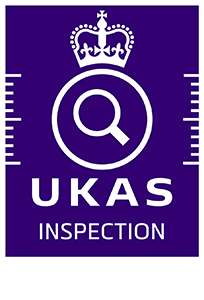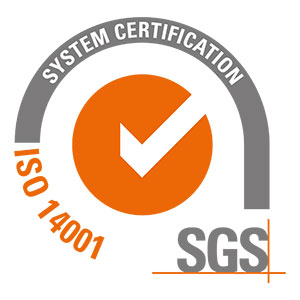Myth: Personal protective equipment (PPE) is sufficient protection against asbestos
A Series of Common Misconceptions About Asbestos
Asbestos, a fibrous material known for its heat resistance and durability, has been widely used in the past. However, there are a number of misconceptions surrounding asbestos that can lead to misunderstanding and potential risk.
In this blog series, we aim to debunk the most common myths associated with asbestos and provide accurate information to promote awareness and safety.
Myth: Personal protective equipment (PPE) is sufficient protection against asbestos.
There is a widespread misconception that wearing personal protective equipment (PPE) such as respirators, gloves, and coveralls is enough to ensure protection against asbestos exposure. However, it is important to understand that PPE alone cannot guarantee complete safety in asbestos-related activities. Whilst PPE plays a vital role in minimising exposure, it should be considered just one component of a comprehensive approach to asbestos risk management.
When dealing with asbestos-containing materials (ACMs), it is crucial to follow stringent protocols and implement appropriate risk mitigation measures in addition to wearing PPE. This includes thorough training on asbestos awareness and handling procedures for all personnel involved in asbestos-related activities. Proper training ensures that individuals understand the hazards associated with asbestos and are equipped with the knowledge to safely handle, remove, or work around asbestos-containing materials.
Furthermore, strict adherence to established handling protocols is necessary to minimise the release of asbestos fibres into the air. This involves employing proper containment measures, using specialised tools for asbestos removal, and sealing off work areas to limit the spread of fibres.

Putting an asbestos management plan in place
In addition to training and handling protocols, regular monitoring and air sampling should be conducted to assess the effectiveness of control measures and ensure that exposure levels are kept within safe limits. These monitoring efforts provide valuable data that can help identify areas for improvement and ensure ongoing compliance with safety regulations.
It is also essential to establish a comprehensive asbestos management plan, which includes risk assessments, regular inspections, and appropriate maintenance strategies. This plan should outline procedures for identifying, managing, and controlling asbestos-containing materials throughout their lifecycle, from initial assessment to disposal.
Furthermore, engineering controls such as proper ventilation systems, encapsulation, and enclosure of asbestos-containing materials should be implemented whenever feasible. These measures help contain and control asbestos fibres, reducing the potential for exposure to both workers and occupants of buildings where asbestos is present.
Lastly, regular review and updates of safety procedures and practices are crucial to staying up to date with the latest industry standards and regulatory requirements. Asbestos-related regulations and guidelines are constantly evolving, and it is essential to remain vigilant and proactive in implementing best practices.
Relying solely on personal protective equipment (PPE) for protection against asbestos is a misconception. While PPE is an important component, it should be part of a comprehensive approach to asbestos risk management that includes proper training, adherence to handling protocols, risk mitigation measures, regular monitoring, and a robust asbestos management plan. By implementing these measures, organisations can minimise the risks associated with asbestos exposure and ensure the safety and well-being of workers and the public.
If in doubt please contact us for advice. We cover the UK from our offices in Somerset and Northern Ireland.




